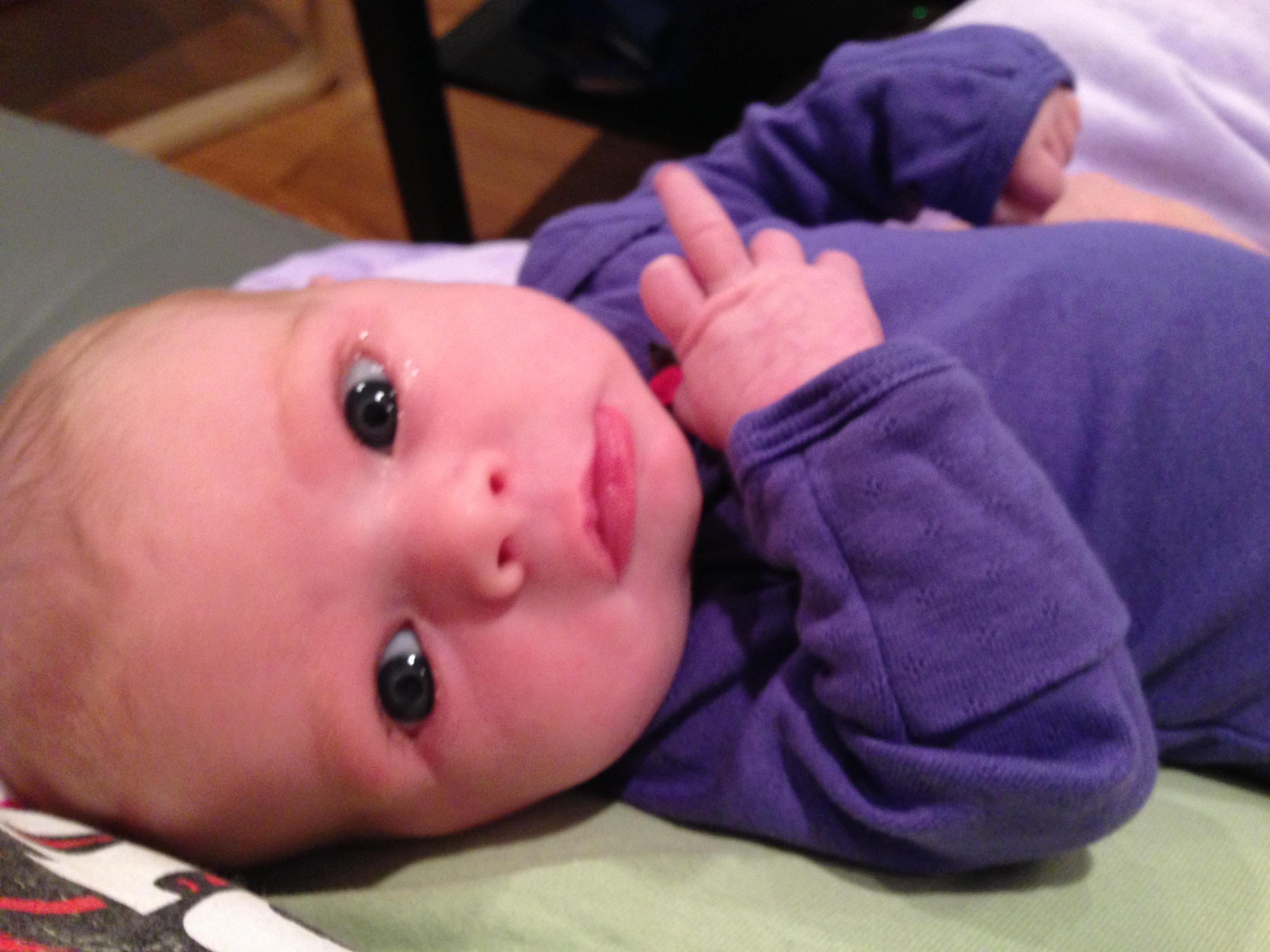
Dan Graur's Granddaughter Expressed Her Opinion on ENCODE Paper

Please follow here to read fifty congratulatory notes sent to Dan Graur. We did not make the top fifty.
-———————————–
In the meanwhile, another paper criticizing ENCODE was published in PNAS. Derek Lowe of In the Pipeline blog presents a nice summary -
This one, from W. Ford Doolittle at Dalhousie, explicitly raises a thought experiment that I think has occurred to many critics of the ENCODE effort. (In fact, it’s the very one that showed up in a comment here to the last post I did on the subject). Here’s how it goes: The expensive, toxic, only-from- licensed-sushi-chefs pufferfish (Takifugu rubripes) has about 365 million base pairs, with famously little of it looking like junk. By contrast, the marbled lungfish (Protopterus aethiopicus) has a humungous genome, 133 billion base pairs, which is apparently enough to code for three hundred different puffer fish with room to spare. Needless to say, the lungfish sequence features vast stretches of apparent junk DNA. Or does it need saying? If an ENCODE-style effort had used the marbled lungfish instead of humans as its template, would it have told us that 80% of its genome was functional? If it had done the pufferfish simultaneously, what would it have said about the difference between the two?
I’m glad that the new PNAS paper lays this out, because to my mind, that’s a damned good question. One ENCODE-friendly answer is that the marbled lungfish has been under evolutionary pressure that the fugu pufferfish hasn’t, and that it needs many more regulatory elements, spacers, and so on. But that, while not impossible, seems to be assuming the conclusion a bit too much. We can’t look at a genome, decide that whatever we see is good and useful just because it’s there, and then work out what its function must then be. That seems a bit too Panglossian: all is for the best in the best of all possible genomes, and if a lungfish needs one three hundreds times larger than the fugu fish, well, it must be three hundred times harder to be a lungfish? Such a disparity between the genomes of two organisms, both of them (to a first approximation) running the “fish program”, could also be explained by there being little evolutionary pressure against filling your DNA sequence with old phone books.